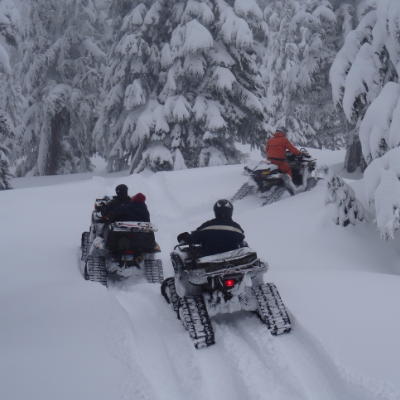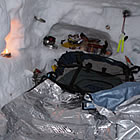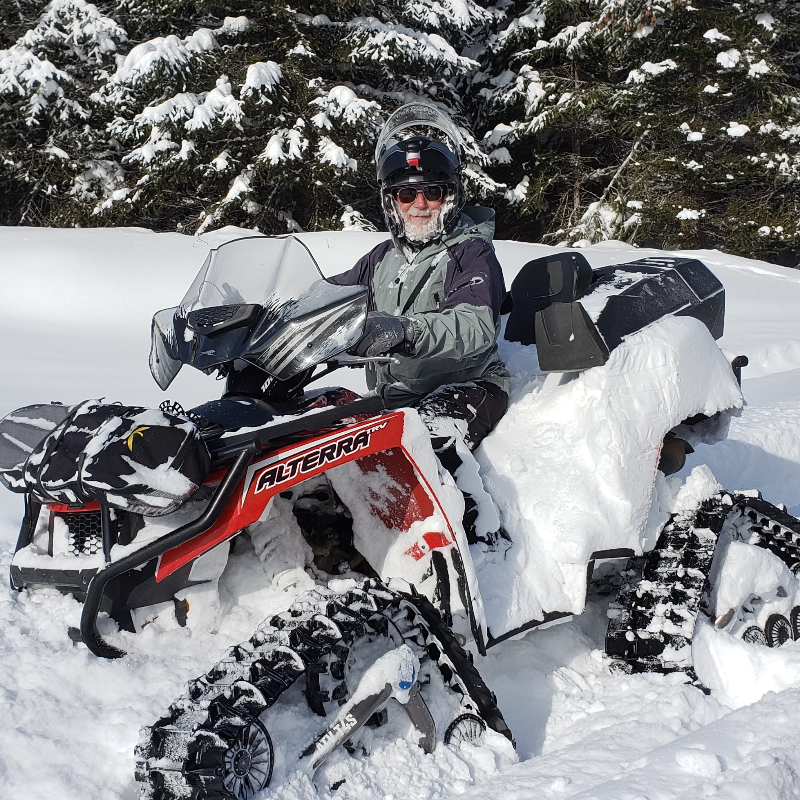Slope angle is a key factor used to determine the likelihood of a slope sliding. The steeper the angle, the more gravity is pulling the snow down the slope. Slopes over 50 degrees tend to sluff regularly, meaning that the snow spills down the slope as loose avalanches and rarely sits long enough on the slope to settle and bond. Statistics shared in the latest edition of Avalanche Accidents in Canada—Volume 5 note that 55 per cent of the fatal avalanches occurred on slopes where the steepest sections were between 36 and 40 degrees. Seventy-two per cent occurred on slopes greater than 35 per cent, and 97 per cent happened on slopes greater than 30 per cent.
Zac’s Tracs avalanche students are amazing and are often sending us photos to help support our training programs. Thanks to Don Lawrence from Fort Saskatchewan, Alberta, for the photos accompanying this article.
Those of us who live in the Prairies often suffer from withdrawal symptoms when time or funds limit our trips to the mountains. We start to seek out snow and slopes of any kind! Check out the lessons that we can learn from the Quonset in Don’s yard.
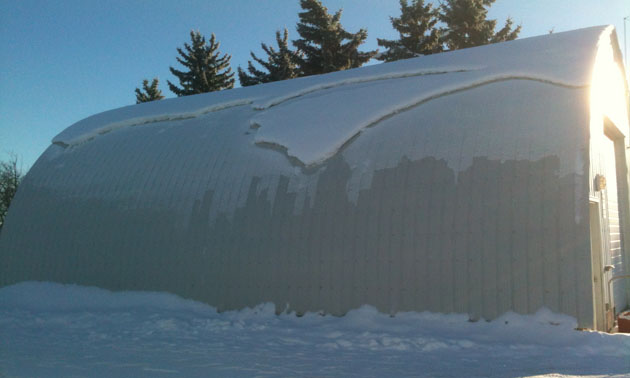
Slopes over 45 degrees have slid completely. Most of the snow on slopes between 30 and 45 degrees has slid, yet a small section has experienced a "glide crack."
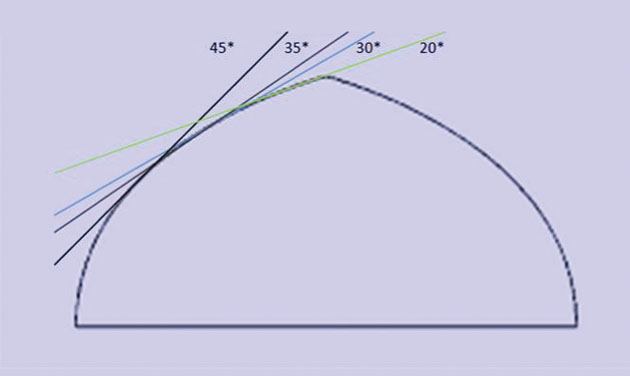
The screws are acting as anchors and are holding the small slab of snow. Objects like trees, rocks and uneven terrain can act like anchors when the fresh snow settles, "rounds" and bonds to form slab snow. Add significant heat or cold to this snow to weaken the bonds between the snow crystals or add more weight to the slab from a new storm or heavy wind—these situations can cause the structure to weaken or the slab to be overloaded and both can lead to an avalanche.
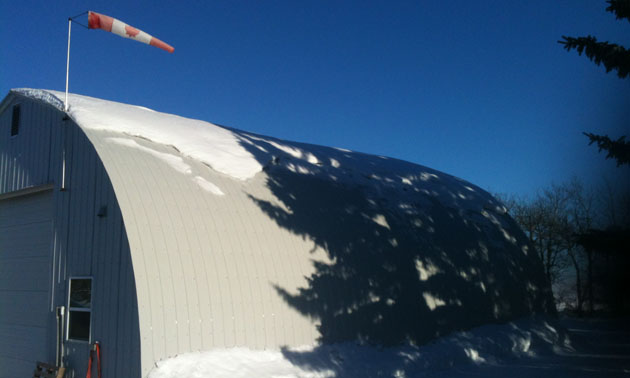
Just like slopes in the mountains, the snow on the windward side and the leeward side of the Quonset can build up differently. See the windsock in the picture to see that the current wind activity is blowing toward the right side of the Quonset. In this case, the right side is the lee side—the side collecting the snow transported by the wind. The stability on the right side may also be affected by shade and sun as influenced by the trees. Notice that there is more debris built up on the ground on the lee side compared to the windward or left side of the Quonset. The differences in the volume of the debris may be a combination of the snow moved around by the wind, but also by the snowmelt caused by the sun.
Take a look around where you live and work to see if you can find everyday examples of avalanche safety concepts in the snow, weather and terrain! Share your photos and stories on Zac’s Facebook Page.
Upgrade your avalanche skills this season. Check out upcoming Zac’s classes.



